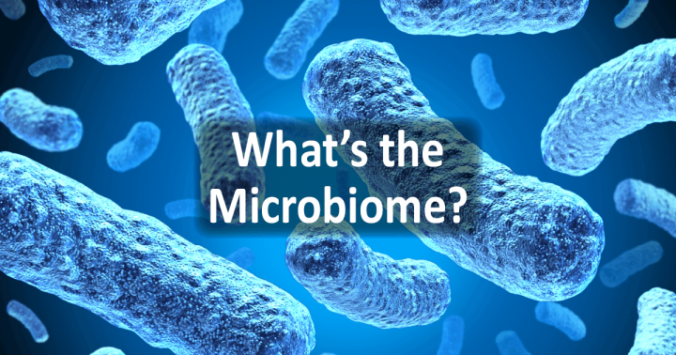INTRODUCTION
Cdifficile is a gram-positive, spore forming bacillus that is an obligate anaerobe and has been identified as one of the most common causes of nosocomial infection in the developed world, causing mild to severe cases of diarrheal illness to life-threatening pseudomembranous colitis and toxic megacolon,3 with increasing incidence over the last decade.2,4 C. difficile infection (CDI) risk factors include extended hospital stay, protracted antibiotic regimens, other illnesses and comorbidities, and age greater than 65 years.1 In addition to the logistic complications of identifying, diagnosing, and containing infections in a hospital, and even community setting, there is substantial cost incurred as a result of CDI and the high risk of recurrent infection. In The Economic Impact of Clostridium difficile Infection: A Systemic Review, Nanwa et al. analyzed 45 cost-of-illness (COI) studies and determined that, for hospitalized patients, CDI costs range from $8,911 to $30,049.11 For decades, the standard treatment of CDI included antibiotic therapy with either metronidazole or vancomycin, however, even with the development of tapered or pulsed antibiotic regimens demonstrating improvement in recurrence rates, still some 14-31% of patients would experience repeat bouts of CDI.10 Furthermore, the risk of recurrent infection increases with every subsequent infection and by the third episode, rates become greater than 50%.4,10 Despite medical professionals’ increased awareness of the burden of CDI, there is still no consensus on treatment regimens and no standardized optimal approach to treating recurrent CDI exists.
The solution to the worsening burden of CDI may exist in the intestinal microbiome. There is already substantial evidence that fecal microbiota transplantation (FMT), the implantation of either a patient’s own stool (autologous transplant) or healthy donor stool (heterologous transplant) into a patient with gut dysbiosis caused by CDI, is a preferable alternative to traditional antibiotic therapy.7 A 2013 review and meta-analysis in the American Journal of Gastroenterology demonstrated that FMT resulted in resolution of infection in nearly 90% of patients affected by recurrent CDI.6,9 To reiterate the ideas addressed in our introduction, the suggestion of a mechanism of action is the restoration of the healthy composition of an individual’s intestinal microbiome. In addition to its efficacy, FMT presents an almost adverse event free means of cure. While some adverse events, including fever, abdominal pain, bloating, nausea, vomiting, diarrhea, flatulence, anorexia, and constipation have been reported after FMT, there have been no severe adverse events and no death attributable to FMT alone.8 Earlier research suggested that lower gastrointestinal FMT delivery resulted in high rates of clinical resolution than oral capsular implantation.6 However, in a very recent randomized controlled trial by Kao et al published in the November 2017 issue of JAMA, rates of minor adverse events were as low as 5.4%.5 In the same study, Dr. Kao demonstrates the noninferiority of oral capsule FMT to colonoscopy-delivered FMT, an important finding given that the colonoscopic method was reported as less pleasant than the capsule.5 Not only are delivery methods for FMT being refined, but models for the risk of FMT failure in the treatment of CDI have been developed. In Predictors of Early Failure After Fecal Microbiota Transplantation for the Therapy of Clostridium difficile Infection: A Multicenter Study published in the American Journal of Gastroenterology, Fischer et al. define risk score based on severity of CDI, number of CDI-related hospitalizations prior to FMT, and inpatient status.4 Although standard algorithm for the use of FMT as a treatment for recurrent CDI does not yet exist, this risk calculator will help to guide physicians as the use of FMT is pioneered.
The microbiome and its associations with disease states, and hence its potential to offer insight into new cures is in a fledgling state.





 Sabine Hazan, MD Ventura Clinical Trials, Ventura, CA
Sabine Hazan, MD Ventura Clinical Trials, Ventura, CA